In search of the perfect bike build
The mundanity of modern race bikes has become a farce
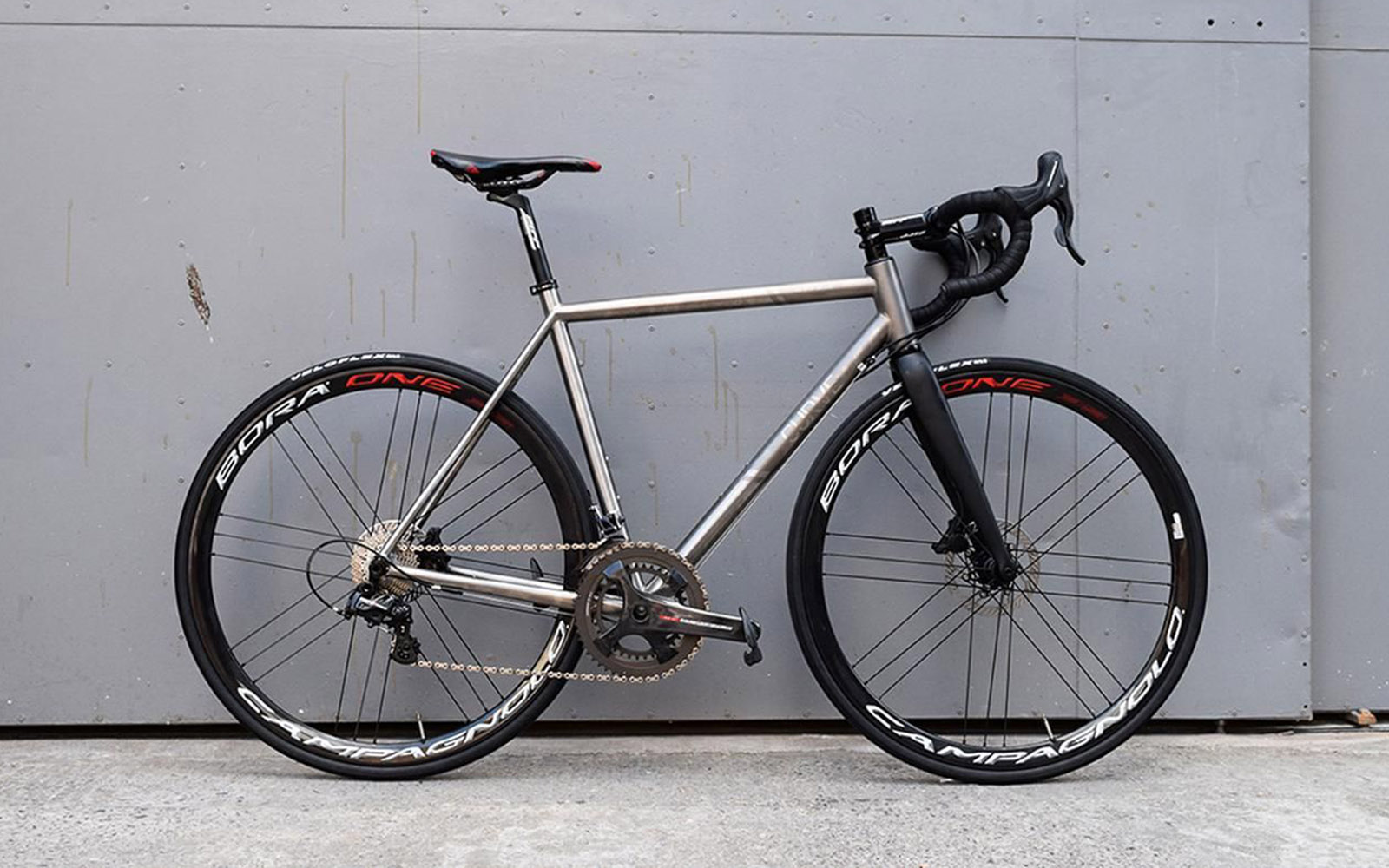
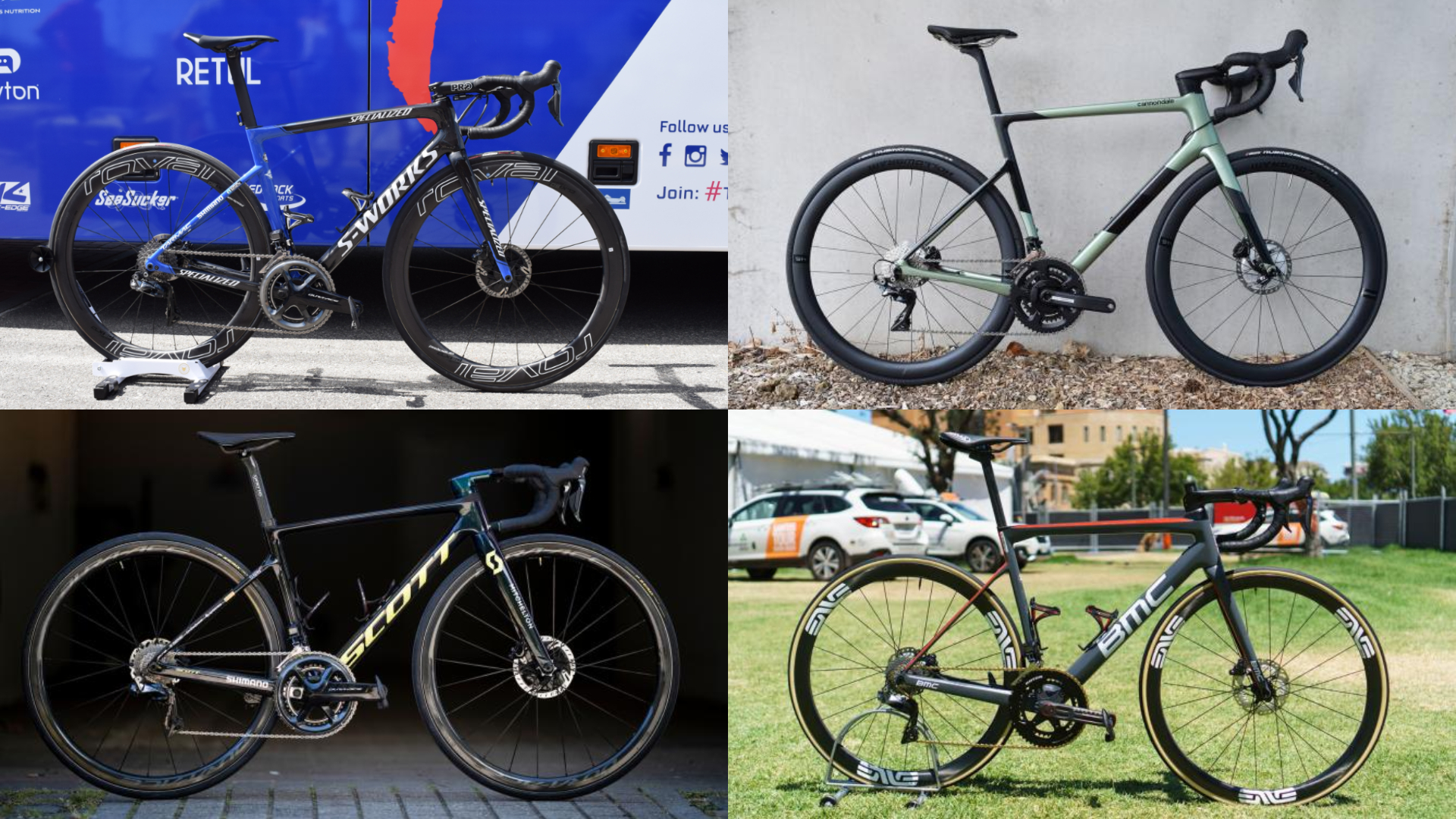
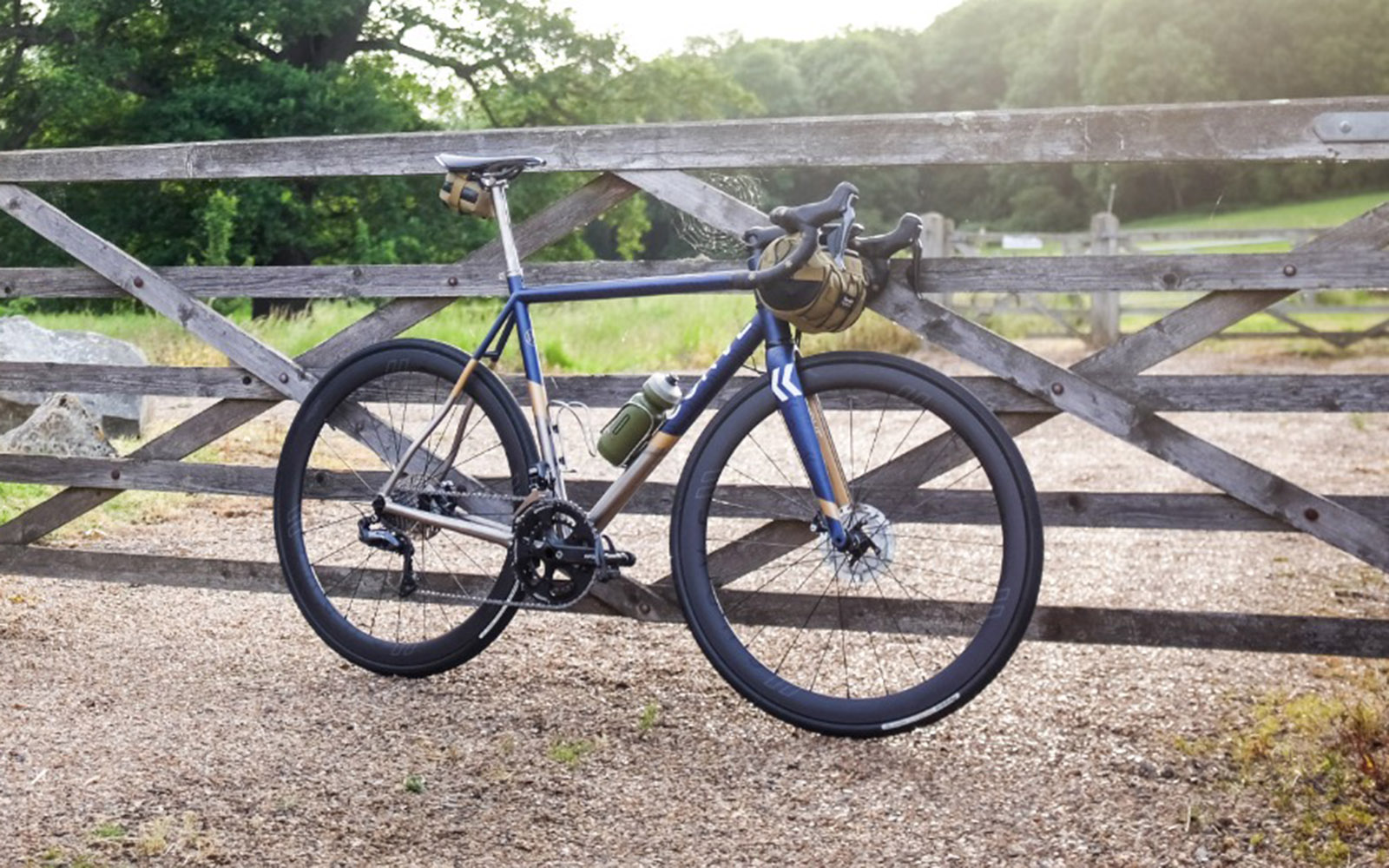
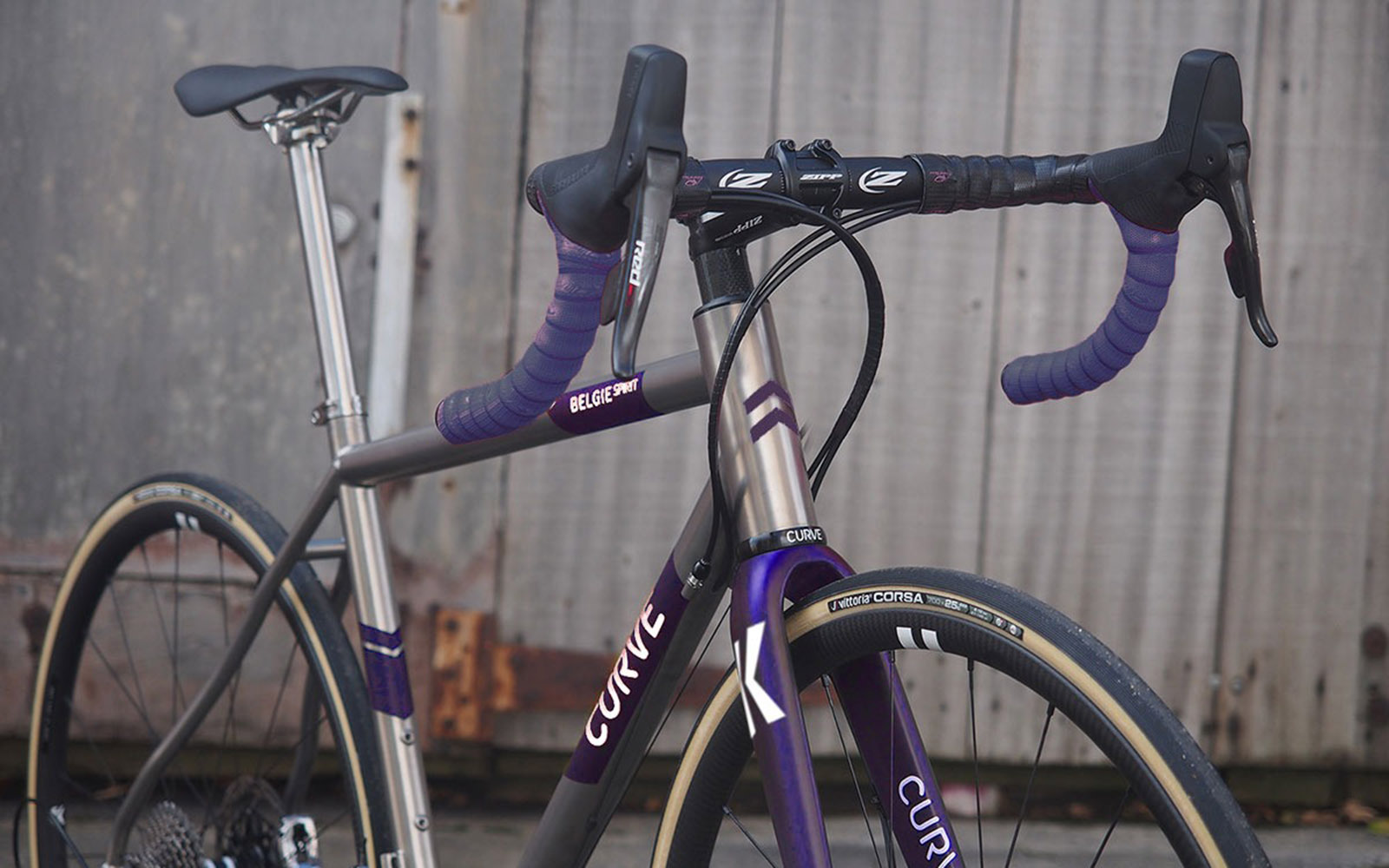
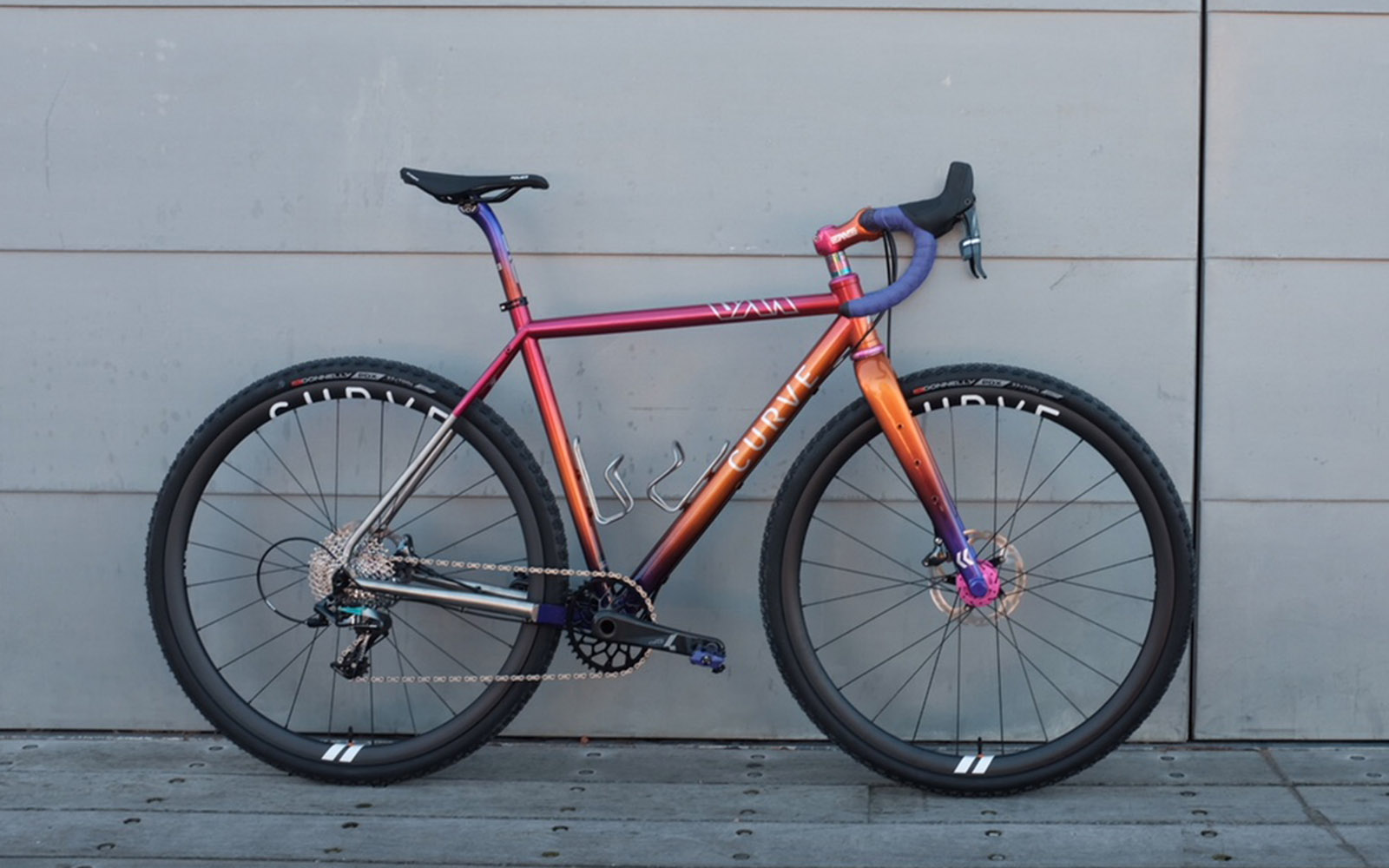
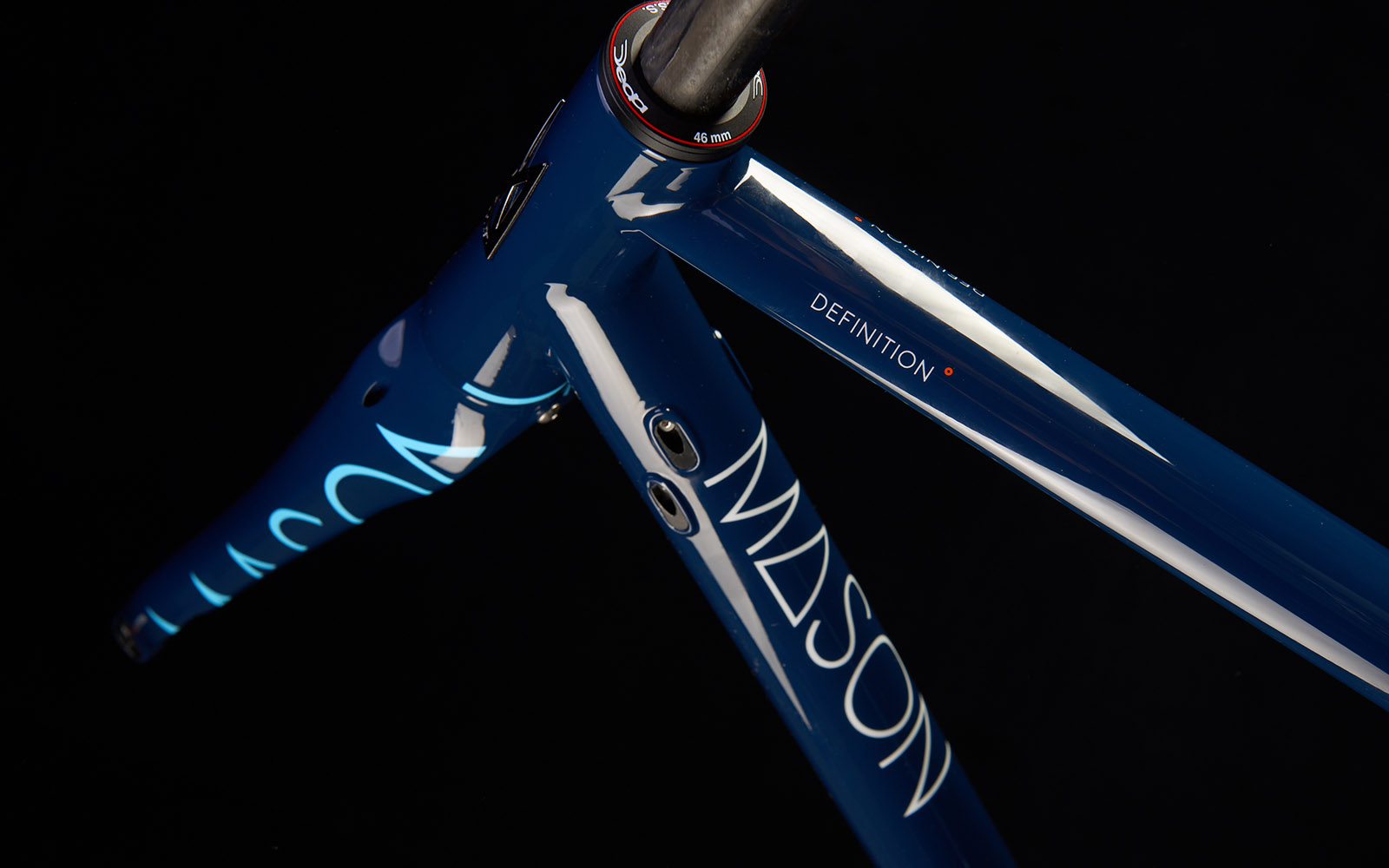
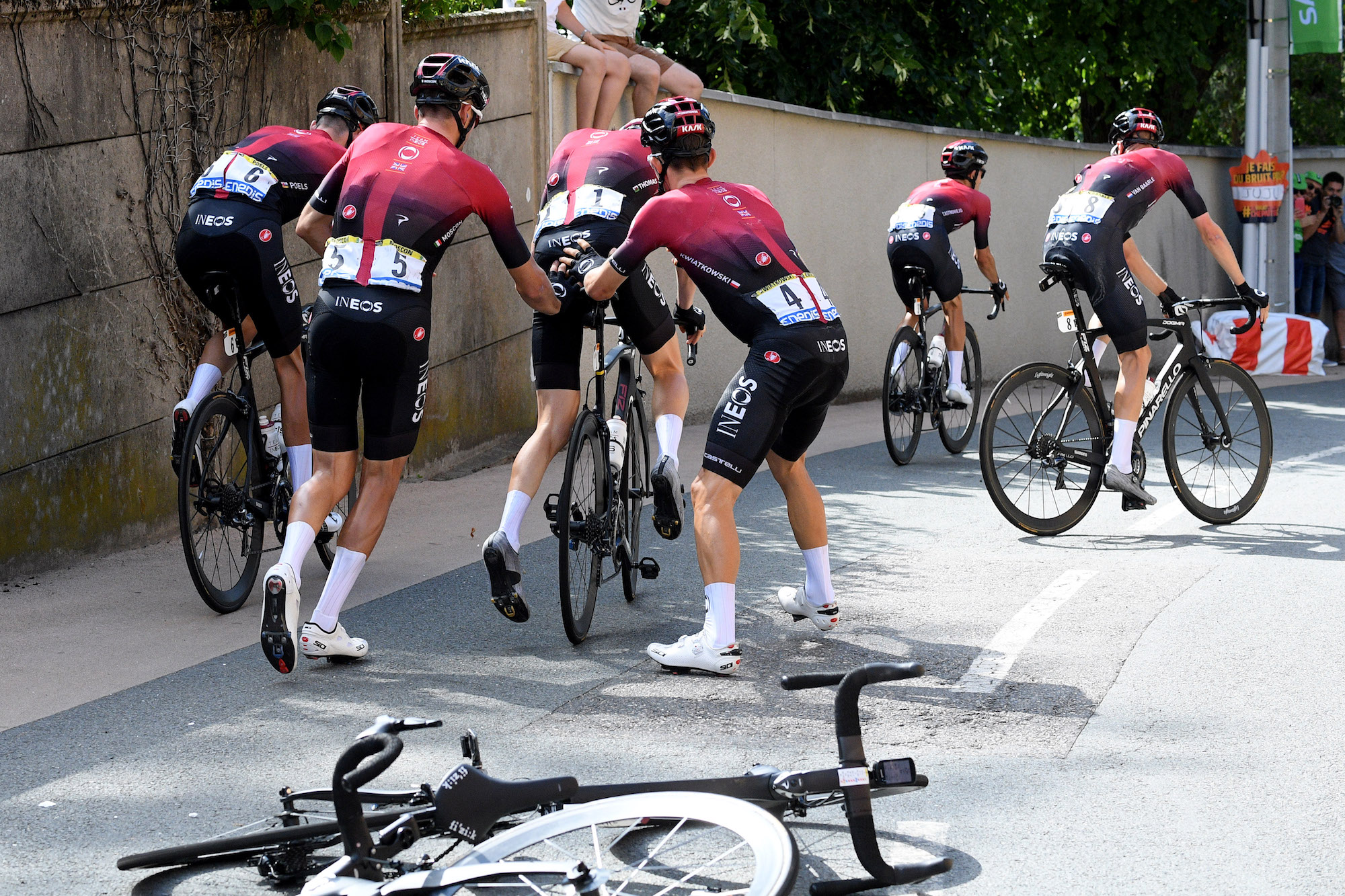
Three new range-topping road bikes were launched this summer with striking similarities, ushering in an era of indistinguishable mundanity when it comes to pro-level racing bikes.
The three new bikes – Scott Addict RC, Cannondale SuperSix Evo and Wilier Zero SLR – are only available with disc brakes, feature semi-aero tube profiling, integrated aero cockpits, D-profile seat posts and lowered seat stays.
All of these trends all have their merits and performance benefits, but the design cues have already been seen from Specialized and BMC in the Tarmac SL6 and Teammachine SLR launched in 2017, respectively, although these bikes have the benefit of also being available in direct mount rim brake setups.
Other brands have also converged towards these similar design trends for aero-specific framesets, but it is the above five bikes, all of which were raced on at this year’s Tour de France, which have caught the attention as perhaps a new era of high-end, uninspiring road bikes.
The future is now
Classic designs of steel frames hardly changed for decades. Two large triangles, round tube profiles and components that are completely interchangeable from seat post to stem to handlebars were, and still are, available aplenty.
Cannondale, to an extent, stuck with the classic design with their flagship SuperSix Evo – albeit made from carbon – but the latest update to their SuperSix Evo saw an end to this and removed the classic, round tubes from their race bikes. The Ridley Helium SLX, Argon 18 Gallium Pro and Canyon Ultimate are now the last few remaining of these classic design bikes in the WorldTour.
What one can’t argue with, is that these modern framesets do offer better braking, comfort, power transfer and improved aerodynamics. However, how many people who ride recreationally, or even at an amateur race level, are regularly riding more than 40kph for extended periods – which is where much of these aero claims are based upon?
Get The Leadout Newsletter
The latest race content, interviews, features, reviews and expert buying guides, direct to your inbox!
Professional racers do, and those watts savings will be appreciated, but for the average consumer, these range-topping bikes are significantly overpriced and there is nothing to differentiate these recently launched carbon framesets.

Spot the difference
There was something special in buying a new bike before, by featuring ‘standard’ finishing components – seat post, saddle, stem, handlebars – it would often be unique, even if the frameset was fairly common.
The above framesets mostly include frame, fork, stem, handlebars and seat post, all of which are mostly proprietary, which means you are very limited with the personalisation or adaptation of the bike to your taste or riding style.
What’s the alternative?
This new era of these carbon frameset designs is, to an extent, the result of UCI regulations. As carbon technology has developed and become lighter, the minimum weight limit for a race bike (6.8-kilograms) has remained constant, meaning disc brakes and aero tubing can be introduced and that 6.8-kilogram target can still be met relatively easily.
Inevitably, this rule will eventually change and when it does, we may see a return of rim brakes – due to the lighter weight – but as it stands, lightweight and aerodynamic is no longer a binary choice.
Carbon’s main benefit as a frame material is its stiffness to weight ratio and with multiple brands mass producing frames, not all carbon frames are at sky-high prices. However, while frames are strong and stiff when being ridden, impacts to the side of a tube in a crash, dropped bike or while travelling can destroy a frame, something seen most recently to Gianni Moscon (Team Ineos) during the Tour de France – something that is much less of a risk with a metal-tubed frame.

Mason Cycles is a British brand making road and adventure bikes out of steel, titanium and aluminium. Dom Mason, the brand’s founder, has more than two decades of experience in designing frames and strongly believes that metal frames are a strong alternative to buying carbon framesets.
"I became fascinated with getting the ultimate performance out of metal bikes during my time designing for Kinesis UK," Mason says. "The Aithein was at that time pretty advanced and I designed it when most people were obsessed with carbon as the ultimate bicycle frame material.
"I wanted to see if we could use advanced, hydroformed and 'SuperPlastic Formed' Aluminium to produce a frame that would rival the performance carbon frames of the time. The result was pretty successful and was based on the use of properly designed, functional tubes rather than any crazy shapes to try a give a 'carbon look'. That was the key to it I think, I don't design anything into a frame unless there is a proper functional reason for it to be there and that's the basic of the Mason ethos today.
"That's not to say that carbon isn't a good material for framesets, in fact, it is excellent and can be tuned very finely to produce exactly the right level of performance. We design and tool for all our carbon forks because it is absolutely the best material for this component. Huge strength to weight ratio and very tuneable for comfort/stiffness/strength/ride feel etc.
"For me, for a frame material, I can't get fired up about carbon, I'm an engineer and I really enjoy working with the very skilled craftsmen in the small Italian workshops that we use. The whole idea with Mason was to go back to the makers, to know them and hold the metal and get dirt under my fingernails. I felt divorced from the whole production process before [while at Kinesis] and ultimately the frames and riders really benefit from being very closely involved in every tube shape, section and weld.
"We aren't in the '3% stiffer/5% more aero' game, so Steel, Ti and Aluminium work excellently for the bicycles we design and our customers appreciate the confidence and comfort of a metal bike for the FastFar, ultra-endurance rides that our bicycles have become well known for."

While the classic double-triangle design and round tubes of a metal-framed bicycle lack some of the aero benefits, it doesn’t divide opinion on aesthetics as often as modern designs do. Plus, steel or titanium builds also offer significant longevity that carbon doesn’t.
Before the use of carbon became widespread in frames, the material was commonly used in forks on road bikes. This trend has continued due to the strength, versatility in shape and compliant properties.
Curve Cycling from Australia is another brand who are focusing their bike builds using metal frames and combining them with carbon forks. Curve’s head engineer, Liam Carmody, spoke to Cyclingnews about the benefits of using carbon in forks: "The big ones here are weight, stiffness and geometry.
"Carbon composite is ideal for rigid forks because it allows us to design for large tire clearance with low axle to crown heights and really low weight, all while maintaining a structure that can handle heavy disc brake loads and deliver precise handling.
"It is really challenging to make a titanium or steel fork that is both light and can handle disc brake loads without oscillation through the legs or vague handling. Tooling costs are not a concern with forks as they are with frames, one fork model can work with multiple frame models and sizes."
Investing in a classically shaped, modern steel or titanium frameset combined with a carbon fork might not offer the watts savings that the latest carbon framesets do when it comes to aerodynamics but they will last longer in terms of both durability and style, and often, ride quality can be significantly better.
Adam Lana, Curve’s brand manager added: "For me, the allure of Titanium is the combination of aesthetics and its technical properties.
"Titanium is a precious metal. Visually, it’s classically understated and elegant. It's elastic properties help contribute to the unique ride feel that titanium is famous for.
"While titanium can be tricky to weld, it takes a true craftsman to get it right, and then it turns into something beautiful, but also pragmatic and rugged. It doesn't rust, it's strong and light and you can ride it for years, then give it a polish practically back to brand new. It's a frame you can rely on, it's something you can travel with safely and continue to love for a long, long, long time.
"Steel has similar features, it's a more simplified version of titanium. A little heavier, more abundant, easier to work with and more reactive. It's tube-sets generally produce stiffer more rugged frames than titanium and while it is cheaper, it's by no means a "shit sibling", many riders prefer the ruggedness of steel over titanium. Plus, steel can still be crafted and honed into absolute beauty, think Japanese steel swords.
"Carbon has its own set of wonder properties, and we feel carbon is ideally used for disc wheels. It creates a lovely stiff, responsive and light wheel that is super strong. We feel that carbon wheel-sets combines well with the suppleness of a titanium or steel frame."
Can you future-proof your bike?
Steel and titanium frames paired with a carbon fork may not be the fastest in a wind tunnel but chances are, they will last a lot longer than a carbon frame will in terms of durability, style and holding their value for resale – something almost non-existent in modern carbon framesets. Pairing a metal frame with a carbon fork enables the use of a lighter, stronger and more responsive front end too.

Most modern metal frames also use a standard fork and steerer tube, meaning if the fork does break in a bad crash or you simply want to change it, you won’t be limited by a proprietary choice as many modern carbon bikes are, alongside the benefits of standard seat posts, stems and handlebars.
Disc brakes and finishing kit
We may eventually see rim brakes becoming the in-vogue braking mechanism once again in the WorldTour if/when the UCI update the regulations, but the benefits of disc brake performance and versatility don’t really need to be argued – disc brakes are simply better.
Even if you’re happy with rim braking performance, the callipers do limit your tyre widths whereas a disc brake setup has tyre size limitation purely based on frame and fork design and are more often than not around 30mm or more.
This additional tyre clearance means gravel, cyclo-cross or even just super-wide and comfortable road tyres can be used on the same bike to add a level of versatility to a frameset that might otherwise be confined to just road riding, with even the recently launched models described above having this welcome level of additional tyre clearance.
The modern era of manufacturers have redefined the term frameset as they look to take as much of the consumer market as they can. By making individual standards when it comes to seat post, stem and handlebars, you can no longer swap seat posts or cockpit components, which not only removes a certain degree of personal customisation but also puts a financial squeeze on component brands that have been making parts and accessories – as well as sponsoring professional racing teams – for decades. These companies deserve a place in the sport.
Buying into standard-sized seat posts, stems, forks and handlebars instead of proprietary components from the industry giants will keep this important secondary market alive, something more traditional-style frame designs can accommodate and that the latest frames cannot.
Analogue or electric
Another design that remained almost constant for decades until recently was mechanical drivetrain design. Sprocket numbers have increased and new gear ratios developed, yet the mechanism of a front and rear derailleur actuated by cables hasn’t changed.
Electrical gearing was launched and become in-vogue over the past decade or so and offers the benefits of micro-adjustment and reliable shifting without having to rely on fairly regular mechanical tuning, as gears inevitably start to run less smoothly over time.
Electric gears do, however, need charging and seeing the likes of Peter Sagan (Bora-hansgrohe) and Vincenzo Nibali (Bahrain-Merida) race with mechanical drivetrains on certain cobbled races speaks volumes about the reliability of the equipment on rougher roads.
Electronic components also face the inevitable risk of becoming fairly outdated in relatively short windows of time as technology gets updated, plus the idea of having a completely mechanically pure method of transport suddenly having to rely on being plugged into the mains for charging seems a little unnecessary.
Building a bike to last a lifetime
Last autumn, I built up a Curve Belgie Ti Disc with Campagnolo H11 mechanical components with disc brakes, 28mm Veloflex Corsa clincher tyres, Campagnolo Bora One 35 wheels and have been riding the bike for close to a year.

It was my first time riding a titanium bike but there was also something special going back to mechanical Campagnolo components for the first time since my first ever road bike, an aluminium race bike with a similar geometry and tube shape I got as a twelve-year-old.
The first ride on the bike was strange, there was a distinct lack of instant acceleration I had become used to on carbon bikes. After a few weeks of riding though, and slightly adapting my riding style, you notice that while the bike isn’t as responsive in acceleration, its handling, comfort and maintaining speed was exceptional and you quickly learnt to wind up your speed instead of stamping on your pedals for an instant response.
I’ve used the bike, so far, for long training rides across the south of England, hour-long, maximum effort local blasts in the summer evenings, long mountain ascents in the Pyrenees, commuting in all weather and even a few local time trials. I feel like I have more of a connection with the Curve than any other bike I’ve ridden since maybe my very first road bike.
Although the Curve Belgie is not a super-stiff, super-light, cutting-edge aero design, the bike does feature aggressive geometry and has been ridden at the Australian national road race championships, plus an array of ultra-distance events. This balance of titanium tubing, race geometry and stiff wheels combine for a great all-round bike that seems as at home riding 20kph as it is racing at 40kph and everything in between.
Committing to disc brakes over rim brakes will always be a personal choice, as will mechanical versus electronic drivetrains, but the feeling of riding a classically shaped, titanium frameset has given me a fresh look at what a bike needs to be.
While mainstream manufacturers are converging to similar designs, essentially constrained by UCI regulations, other smaller brands such as Curve, Mason, Fairlight Cycles, Bombtrack, Donhou, Condor Cycles, plus numerous others are all adopting modern techniques of light, stiff and oversized metal tubing, all in search of the best possible ride quality.
Removing yourself from committing to what is now an annual launch of a new version of each brand’s range-topping race bike – X percent lighter, stiffer, stronger!!! – and adapting your riding to a more enjoyable, potentially just as fast, more comfortable and certainly longer-lasting frameset, which you can upgrade as frequently as needed for a fraction of the cost, seems like a sensible idea.
Cycling was once a cheap form of transport and lifeline to millions of people during the twentieth century. Modern brands today offer their top-of-the-range race bikes for more than five-figure sums, which seems staggering when around 20 years ago, similar range-topping bikes also being raced at the Tour de France were available at a fraction of the cost.
While the Curve Belgie Ti Disc with Campagnolo components is a luxury build with a high price tag, it’s still around half of the cost of the latest Specialized S-Works Tarmac Disc. However, decent steel or titanium frames with Shimano Ultegra-level specification can comfortably be built for around £2,000. Why not buy one of those instead and take you and your friends or family on a cycling holiday every year for the next five years? Seems like a crazy idea, right?
Maybe the onus turns to the consumer. Is it time we stop spending five-figure sums every few years on a more advanced or aero model, all in the search of those few extra watts – unless those watts are the difference between you winning and losing a race – and look to more versatile and more adaptable bikes that we can continually customise.
I know what makes more sense to me.